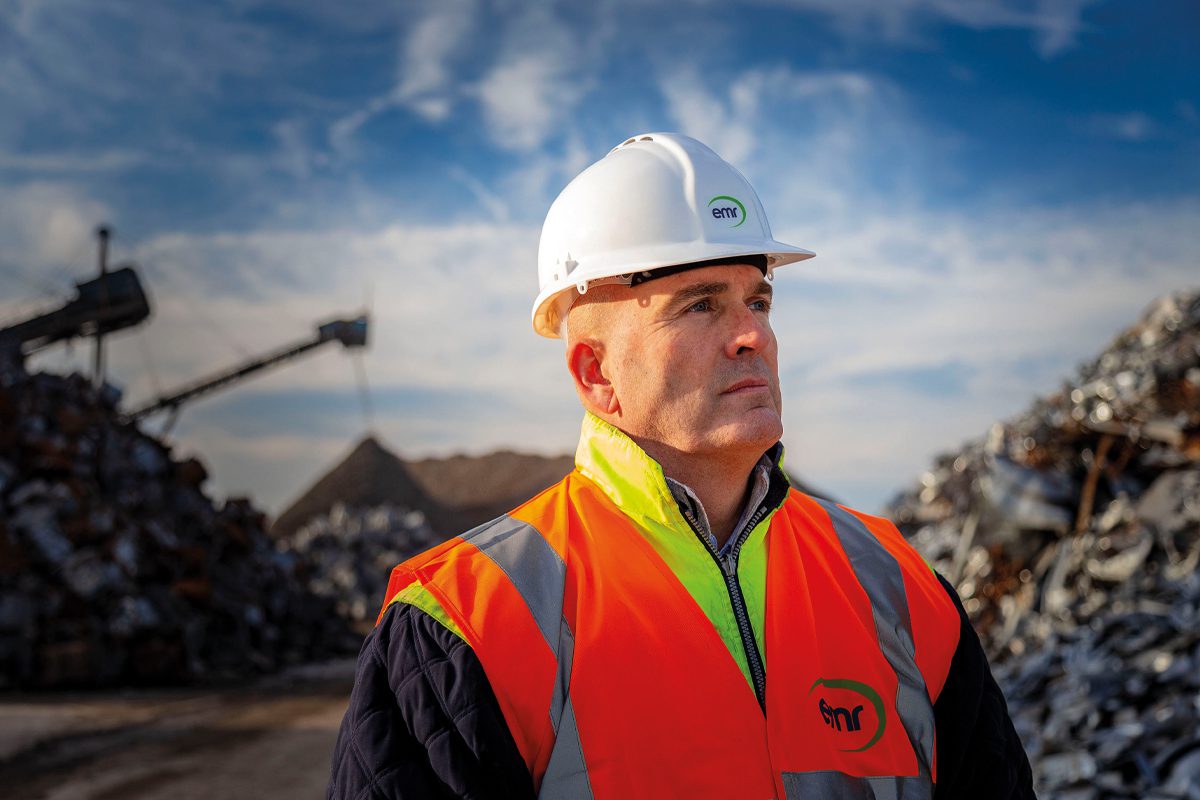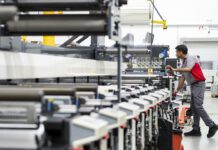With 2020 now upon us, Andrew Brady, UK CEO of EMR (formerly European Metal Recycling) reflects on what has changed in his sector since the start of the millennium, and offers perspective on its growing importance and the challenges that lie ahead
Metal recycling has created vital secondary raw materials for the smelting of new materials since metal usage began. While the core function of the metals recycling process has remained constant over thousands of years, the industry has undergone significant changes as the volume of waste metals we treat has grown.
New regulations, innovations in recovery technology and shifting market demands are all aspects of the ongoing shift to a circular economy, in which metal recycling is playing an important part.
How much is used worldwide?
Economic growth has driven ongoing demand for waste metals since 2000. While the industry was knocked back by the financial crisis in 2008, usage and consumption of waste metals has recovered and since risen considerably. To take the examples of copper and aluminium, global usage of waste copper has increased by 41%, while production of aluminium from waste increased by a massive 86% since 2000. The use of waste metal in steel production has also increased significantly – from 460 million tonnes in 2009, to 600 million tonnes in 2017.
The past two decades have seen China become a dominant consumer of ferrous and non-ferrous metals, overtaking the EU and the USA for many metal streams. China’s status as the top non-ferrous waste metal importer over the past 10 years remains unchallenged, and the nation is today the world’s biggest user of steel waste.
A global focus on environmental outcomes has supported increased waste metal usage in a variety of applications. Taking aluminium as an example, the proliferation of green buildings, lightweight vehicles and eco-design in consumer goods are likely to have contributed to increased waste metal imports and usage. Add to this the economic benefits of the positive environmental outcomes of metals recycling – such as energy savings, resource efficiency and reduction in emissions, and it’s little wonder that the waste metal market has grown.
Advances in recovery technology
As we move towards a more circular economy, recovering and recycling every material that passes through a waste metal recycling centre is vital. Once metals are shredded, the residual stream that remains can contain materials including plastics, foam, glass, wood, textiles, rubber and more. Two decades ago, this residue would have been commonly landfilled or incinerated due to the logistics and cost of recovery. Thankfully, today’s technology helps to divert thousands of tonnes of materials away from this fate.
Plastic separation technology from MBA Polymers – EMR’s joint-venture partner and owner of recycling facilities in Worksop – uses a process that transforms the plastic rich residue stream into plastics pellets of such high-quality that they can be used as a direct replacement for virgin materials. As well as enabling greater resource efficiency, the recycled compounds offer around an 80% reduction in carbon footprint emissions against using a virgin polymer.
Recent developments in end stage recycling are also capable of transforming non-recyclable waste into sustainable fuel. Waste-to-energy technology uses gasification to convert residual waste from the metals recycling process to gas, which powers a turbine to create electricity.
It also makes it possible to recover and recycle any remaining waste metal from the ash.
Today’s challenges and tomorrow’s solutions
While the past 20 years have been full of successes for the sector, the future will not be without challenges. Looking at the UK specifically, waste crime represents a major issue. Beyond impacting the sector’s reputation, waste crime pollutes the environment and deprives the economy of tax income.
One example of how waste crime impacts the sector can be seen in the recent ELV recycling, recovery and reuse rates. While these have seen massive improvements since 2017 – when the UK ELV rate sat at 83.1% – it is likely that waste crime has been a factor in the drop from 2015’s figure of 96.9% to 92.25% in 2016 – under the 95% target.
Police in London have reported a huge leap in catalytic convertor thefts, with 2,894 reported thefts in the first six months of 2019 compared to 1,674 thefts for all of 2018. And with police unlikely to pursue offenders, ‘cat theft’ is low-risk and high-reward for waste criminals.
Component theft not only reduces the amount of recoverable materials available from ELVs, but also the weight of vehicles going through approved treatment facilities. Ultimately hindering achievement of the 95% EU target.
Illegal scrap yard operators also contribute to the problem. As well as being willing to pay cash for these parts with zero paper trail, these operations are also likely to illegally dismantle ELVs without issuing Certificates of Destruction – from which the EU ELV recycling, recovery and reuse rates are calculated. Carousel fraud in high-value non-ferrous metals – where operators charge customers VAT on waste metals without passing it on to HMRC – is also a serious issue, preventing millions of pounds being recovered to fund vital public services.
It’s encouraging to see that the Government’s Resources and Waste Strategy has set out an approach for preventing, detecting and deterring waste crime. With improved intelligence sharing, tougher penalties for waste criminals, and greater enforcement of the Scrap Metal Dealers Act – both the recycling sector and Government can maximise resource efficiency and achieve the best outcomes for the environment and local communities.
Metal recycling’s shift from ecnomic to environmental drivers has led to a prosperous market for secondary materials, reducing our reliance on natural resources. Now more than ever, the sector is essential in the journey to the circular economy. EMR’s recently launched Journey of Metals campaign covers everything there is to know about the unique properties, global flows and limitless applications of ferrous and non-ferrous metals.
For more information, visit the EMR website http://uk.emrgroup.com/.







